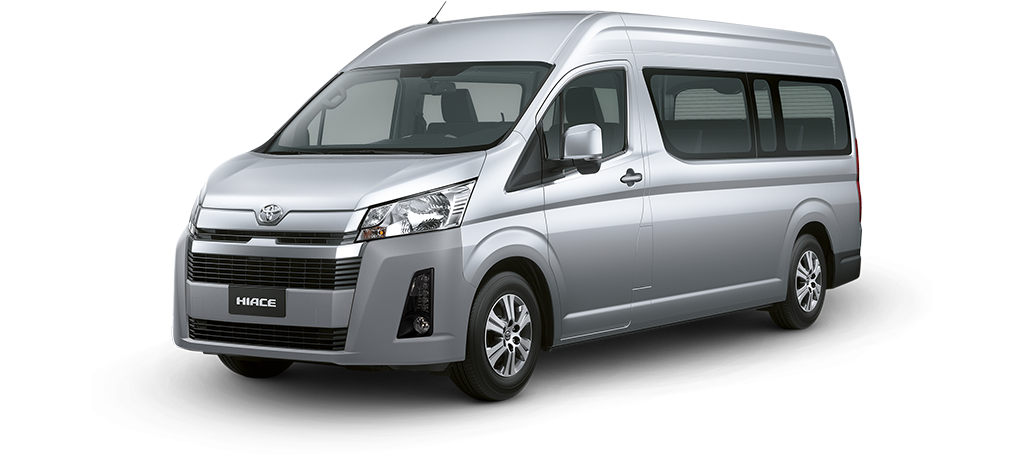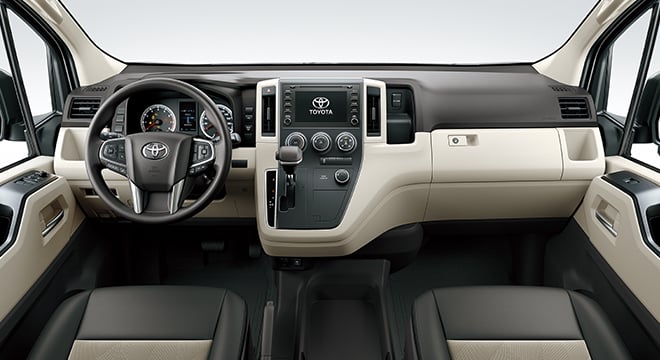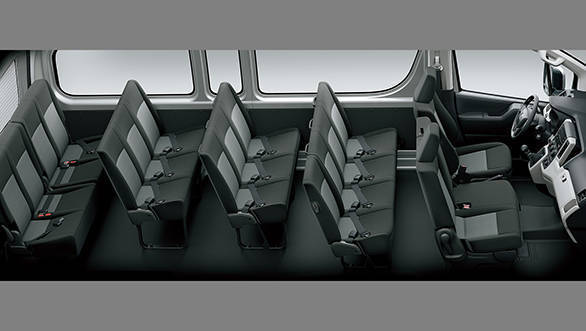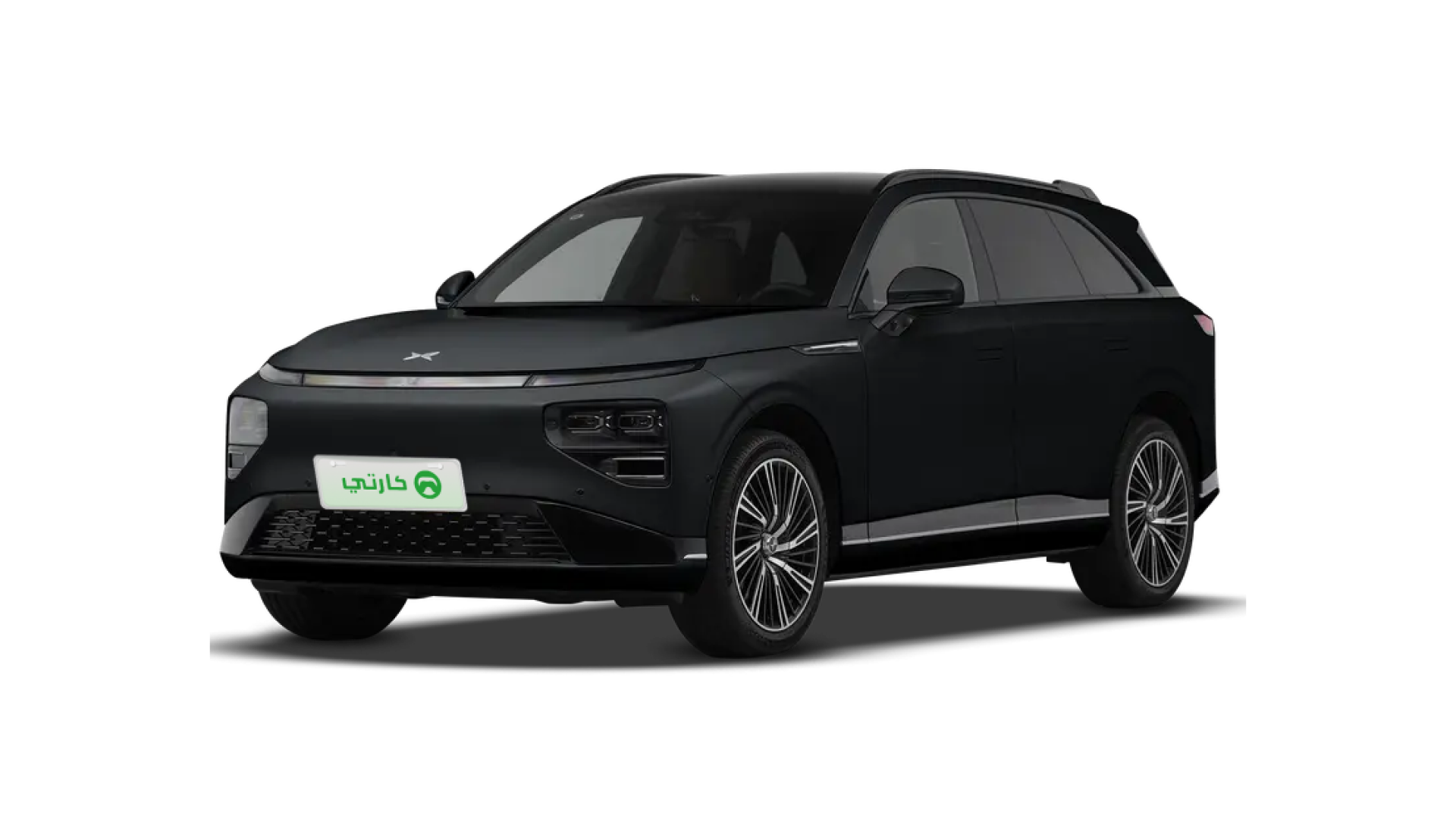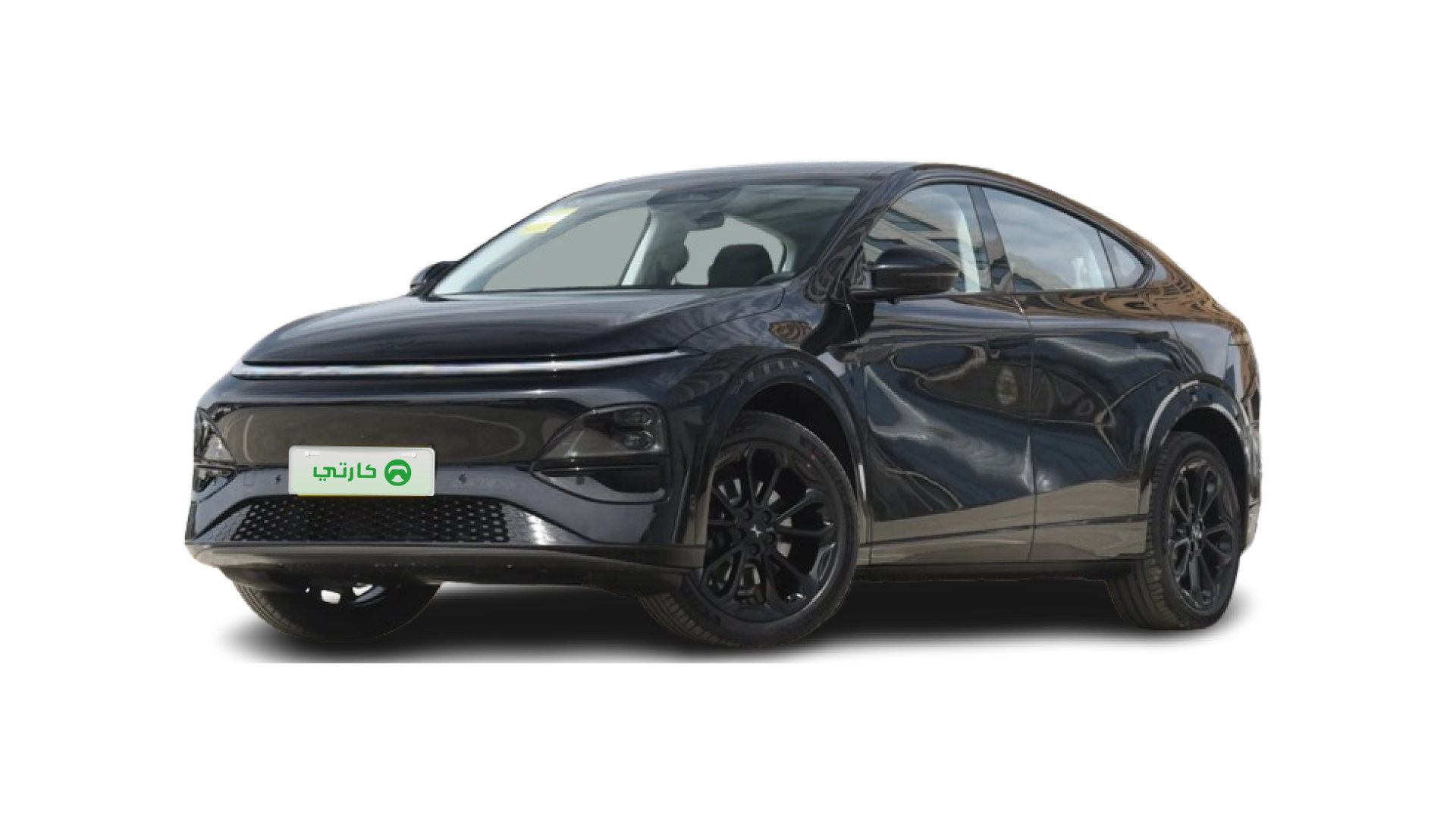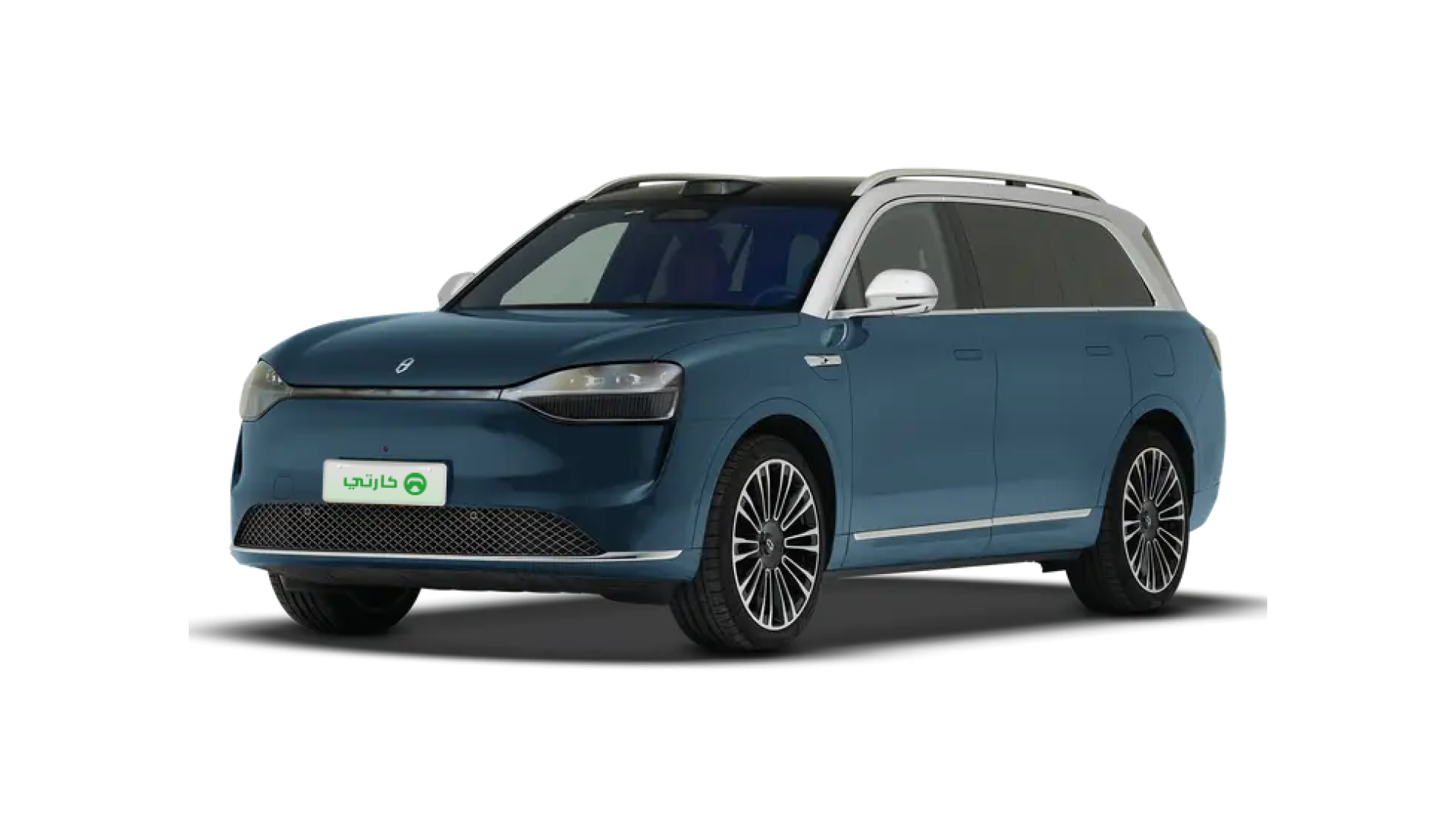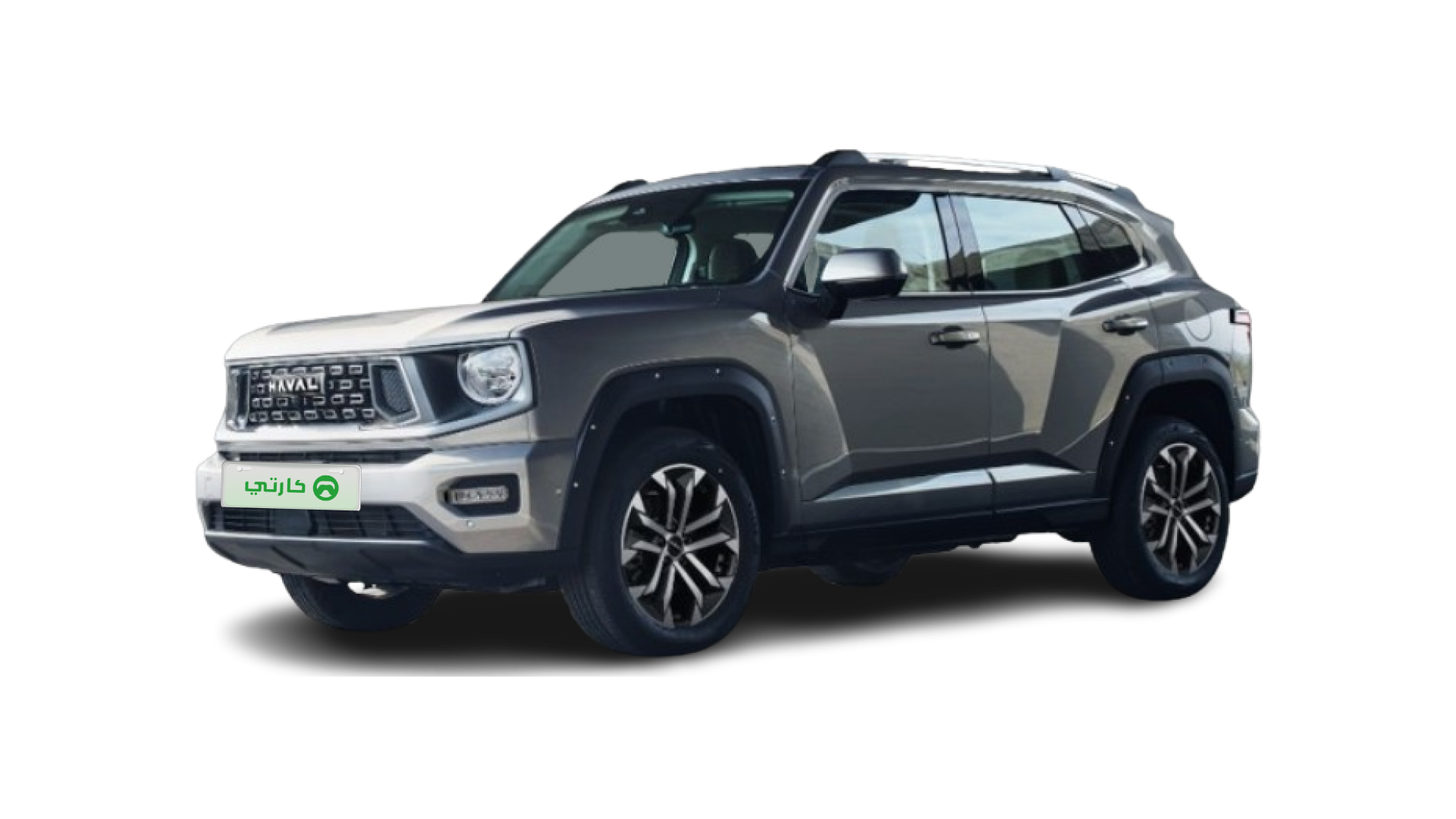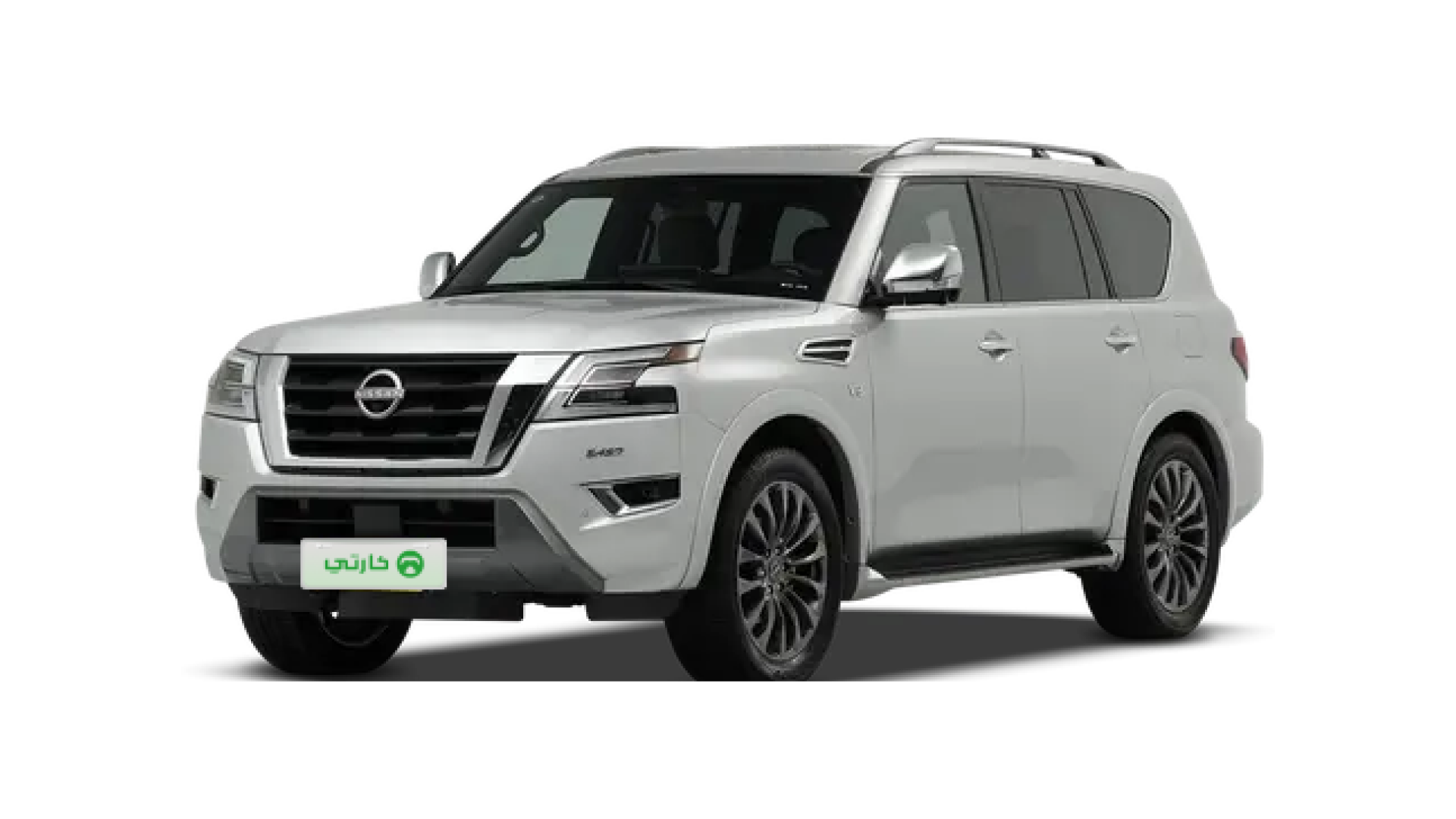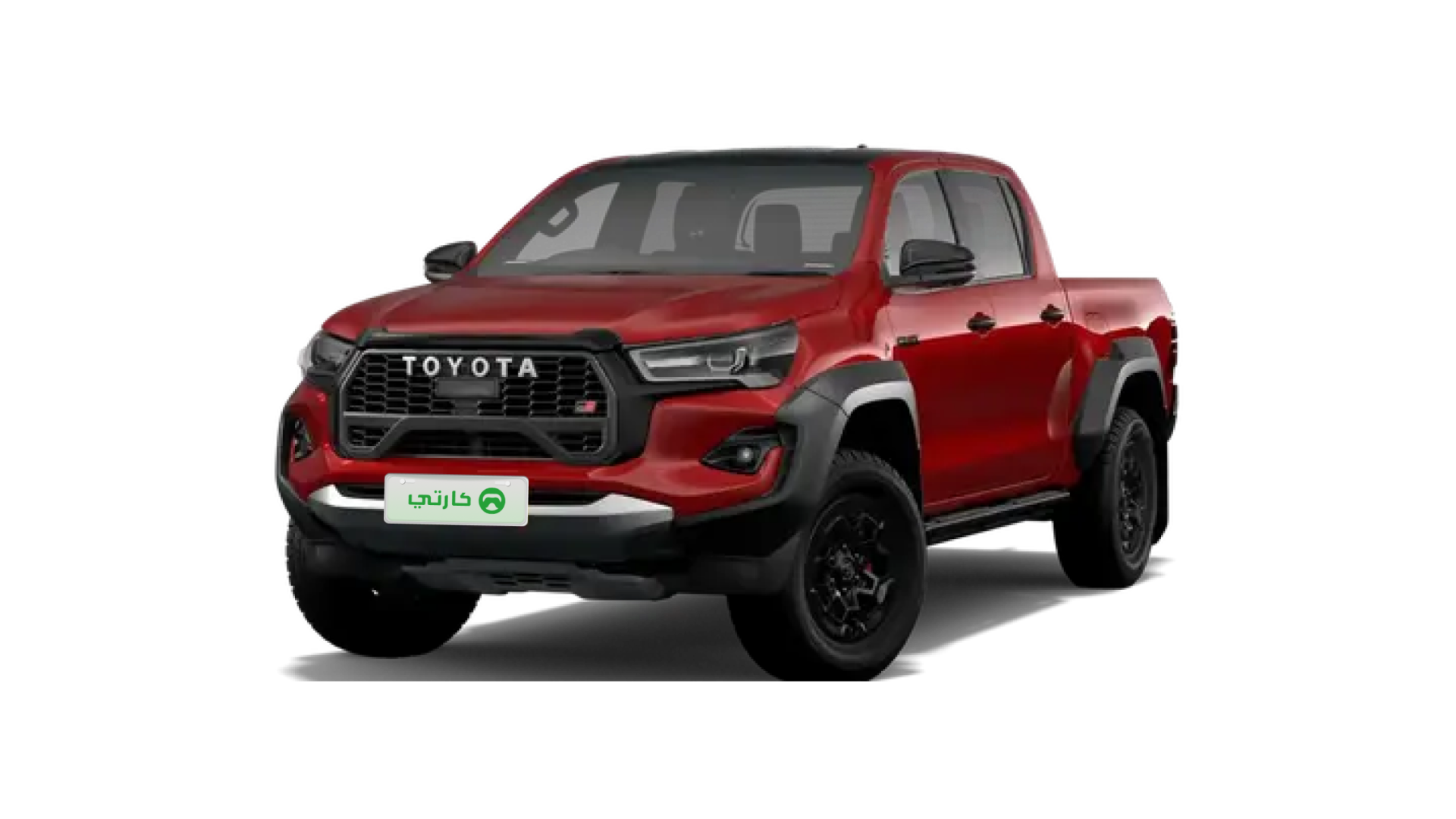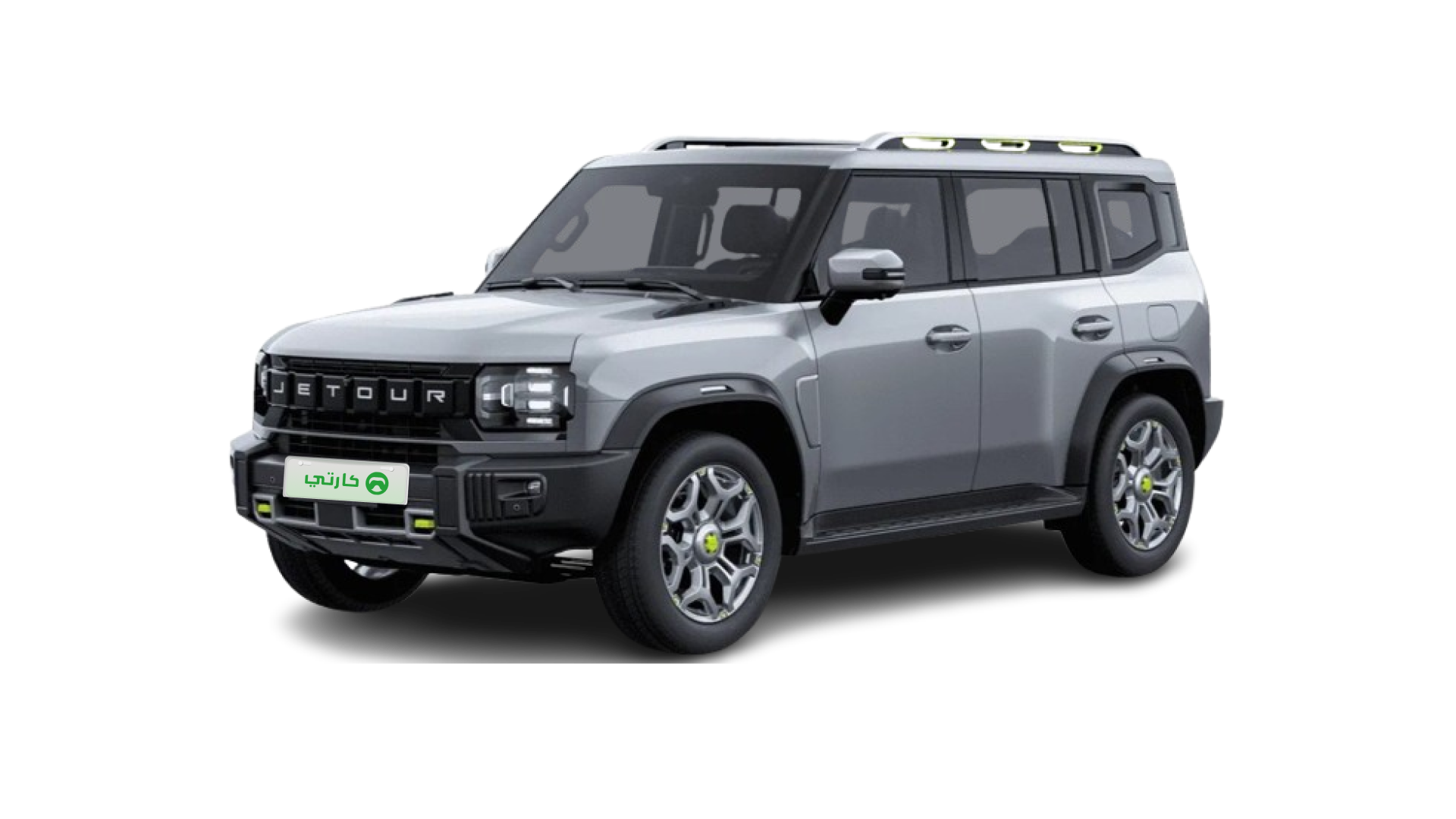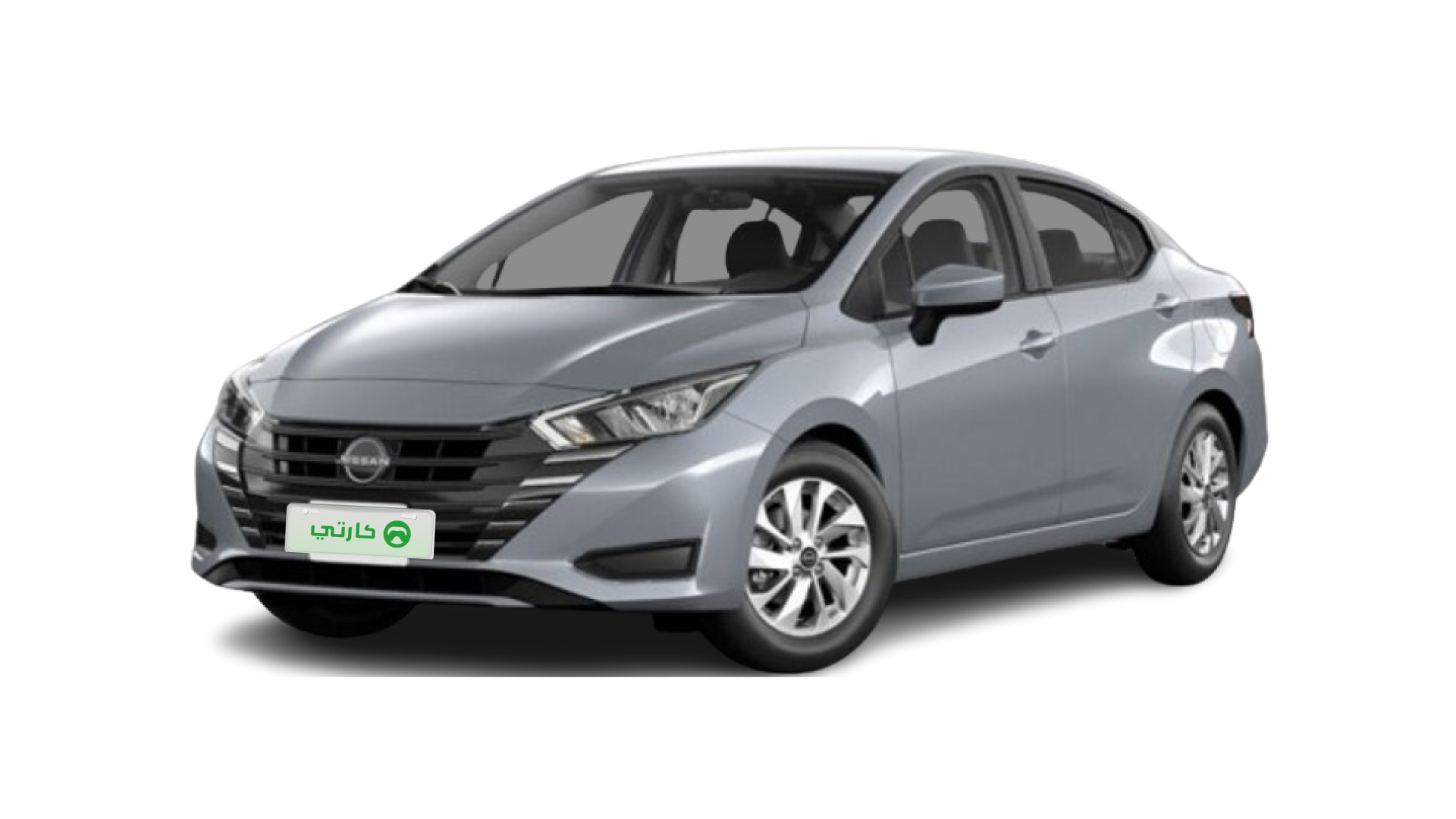The hiace van toyota hiace dashboard symbols and meanings play a vital role in understanding your vehicle’s health and performance. If you ever face an unfamiliar dashboard indicator, this guide will help you quickly determine the necessary actions. Quick and clear reference to these common indicators ensures you remain confident on the road.
What to Do When Warning Lights Appear
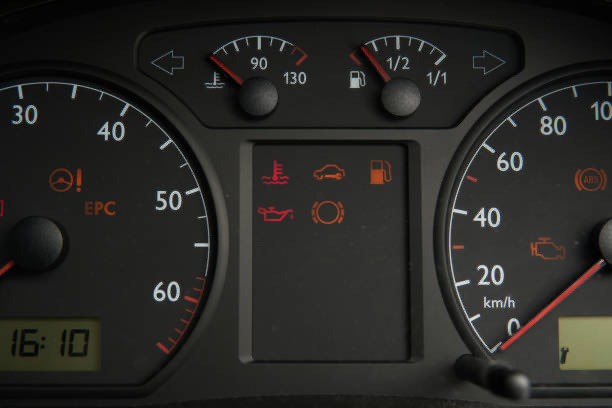
When a warning light illuminates, it’s important to know the immediate steps you should take. Start by checking the dashboard for any red, yellow, or blue signals that might indicate issues.
Immediate Action Steps
Red Indicators: If you see any red warning lights, such as the check engine light or battery alerts, pull over safely within the next 5 minutes. These high urgency signals mean there may be a serious problem that can affect your safety or the vehicle’s performance.
Yellow/Orange Alerts: When you encounter yellow or orange indicators, consider scheduling a professional vehicle inspection within the next 48 hours. This helps in troubleshooting common dashboard warning lights before they result in more complicated issues.
Blue/Green Lights: These are often used as confirmation of normal operations, but staying attentive ensures that no minor alerts go unnoticed.
Most Common 2025 Hiace Symbols
Below is a handy table detailing common symbols along with their meanings and the urgency you should attribute them:
Symbol Description | Icon Representation | Meaning | Urgency Level |
|---|---|---|---|
Engine Warning | Engine outline icon | Check engine issues | High |
Tire Pressure Monitor | Exclamation mark with tire | Tire pressure concerns | Medium |
Battery Indicator | Battery icon | Charging fault detected | High |
These common indicators help you manage potential issues before they escalate into larger, more expensive repairs. Always refer to your vehicle manual for further details if a warning persists.
Understanding Dashboard Symbol Categories
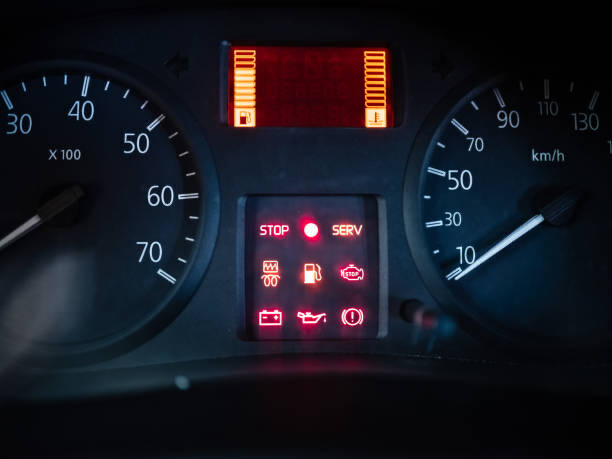
Your dashboard indicators can be grouped into different categories, each designed to alert you about various aspects of your vehicle’s performance.
Safety-Related Indicators
Emergency Systems: Alerts for systems like automatic emergency braking (AEB) activate to warn you of impending collisions. You may also see lane departure warnings and front collision prevention signals which are both designed to keep you safe on the road.
Driver Assistance: Modern Hiace vans come with systems that monitor driver alertness and environmental conditions, ensuring a balance between safety and convenience.
Maintenance Reminders
Scheduled Services: Dashboard symbols often remind you of when an oil change or brake fluid replacement is due – typically around every 10,000 kilometers for oil and 40,000 kilometers for brake fluid. These routine maintenance tips are essential to keep your vehicle running efficiently.
General Upkeep: In addition to oil and brake maintenance, the system may alert you to change the air filter or have other key services performed, ensuring the longevity of your vehicle.
Preventing False Alarms
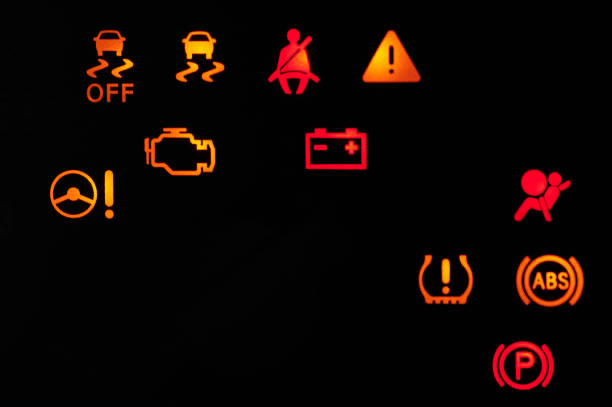
False alarms can sometimes occur, so it’s wise to take preventive measures which reduce unnecessary worry and expense.
Regular Maintenance Tips
Tire Pressure Checks: Check your tire pressure monthly. Maintaining around 35 PSI will help in avoiding TPMS alerts and ensure optimum fuel efficiency.
Battery Maintenance: Clean battery terminals at least quarterly, which can reduce the chance of unexpected battery warnings.
Professional Diagnostics: An annual diagnostic scan by a trusted technician in the UAE or GCC regions helps in identifying issues early, thereby preventing false alarms.
Climate Considerations
Summer Heat: High temperatures, like during the UAE summer, can affect battery performance and may sometimes trigger battery warning symbols.
Environmental Factors: Dust and humidity might lead to air filter or electrical system warnings. Regular cleaning and check-ups play a critical role in combating these effects.
Using Your Vehicle Manual Effectively
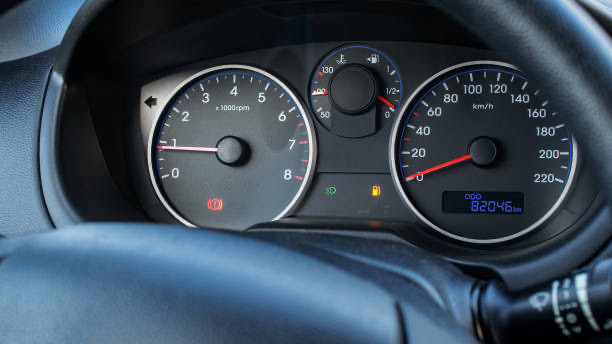
A vehicle manual remains one of the most important guides for any car owner. It provides precise details on each dashboard symbol and its corresponding troubleshooting steps.
Quick Symbol Lookup Guide
Locate the Reference Card: Look for a small plastic card in your glove compartment that outlines key dashboard symbols and their meanings.
Color-Coded Index: Your manual usually includes a color-coded system that makes it easier to match a symbol on your dashboard with its meaning in the guide.
Matching the Diagram: Use the diagram grid in the manual to pinpoint the symbol’s specific position and context in relation to other indicators.
Digital Manual Access
Modern Convenience: Newer Toyota Hiace vans include a QR code on the sun visor that links directly to an updated 2025 digital manual.
Mobile Apps: The Toyota Middle East mobile app offers features such as a digital troubleshooting guide for hiace van toyota hiace dashboard symbols and meanings along with step-by-step maintenance tips.
Voice Command Features: Simply say, "Show engine light info," to activate a voice-assisted guide that explains the symbol’s meaning and the recommended steps to follow.
FAQ
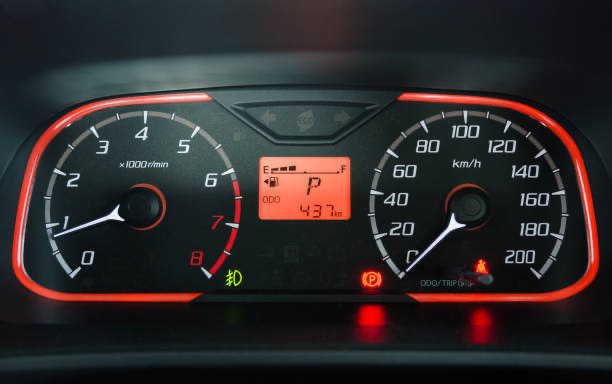
Q1:What should I do if the check engine light comes on while I'm driving?
If the check engine line appears, it’s important to reduce speed and find a safe place to stop. Once parked, you should assess if any immediate issues are indicated by other dashboard warnings. Driving further without resolving the check engine light can lead to more severe engine problems or increased maintenance costs. Consulting a professional technician within the GCC region, particularly one familiar with local operating standards, is your best course of action. Always refer back to your vehicle manual for further details on troubleshooting these warning indicators.
Q2:How can I differentiate between a false alarm and a real issue with my tire pressure sensor?
The tire pressure monitor system (TPMS) is designed to alert you when pressure falls below safe limits, generally around 35 PSI. However, environmental factors like extreme heat or sudden changes in altitude can sometimes trigger a false TPMS signal. If the warning light comes on, it is advisable to inspect your tires personally and then confirm the readings using a pressure gauge. A routine check in a professional tire shop in the UAE or Saudi Arabia can further ensure that your vehicle meets the GCC certification standards. Maintaining accurate tire pressure is essential to avoid potential safety hazards.
Q3:What do I do if my battery indicator stays on even after I’ve checked the battery?
If your battery indicator remains illuminated despite a healthy battery, the issue might be related to the charging system. It’s possible that the alternator or wiring is causing the false alert. In this case, scheduling a diagnostic scan with a trusted auto care center can help pinpoint the problem. Local maintenance centers in the GCC region are well-equipped to handle such issues and can offer precise guidance. Ensure you follow the steps provided in your vehicle manual to verify that all battery-related systems are operating normally.
Q4:How often should I have my vehicle checked to ensure that dashboard symbols reflect its actual condition?
Regular vehicle inspections are vital to ensuring that all dashboard indicators are functioning correctly. It is recommended to have a diagnostic scan performed annually by a professional technician, especially if you are regularly driving in the extreme conditions common in the Gulf region. Additionally, consider a preventive maintenance check every 10,000 kilometers to catch any issues early. Local service centers adhere to GCC certification standards and can provide the necessary checks to meet these requirements. This proactive maintenance will help you avoid unexpected warning lights and potential vehicle damage.
This article is for reference only, please refer to the latest local laws and regulations.
Read More:
How to Rent a Car in Qatar:2025's Essential Guide for Smart Travelers
3 pics

Mustafa Karim, having been deeply involved in automotive research and development for over ten years. He is fond of Japanese cars, and their precise and energy-efficient features have influenced him. In his spare time, he loves Japanese anime and kendo, drawing inspiration from them for control system research and development. He also often shares cutting-edge automotive knowledge on platforms, contributing to industry innovation and adding strength to automotive development with his expertise.
